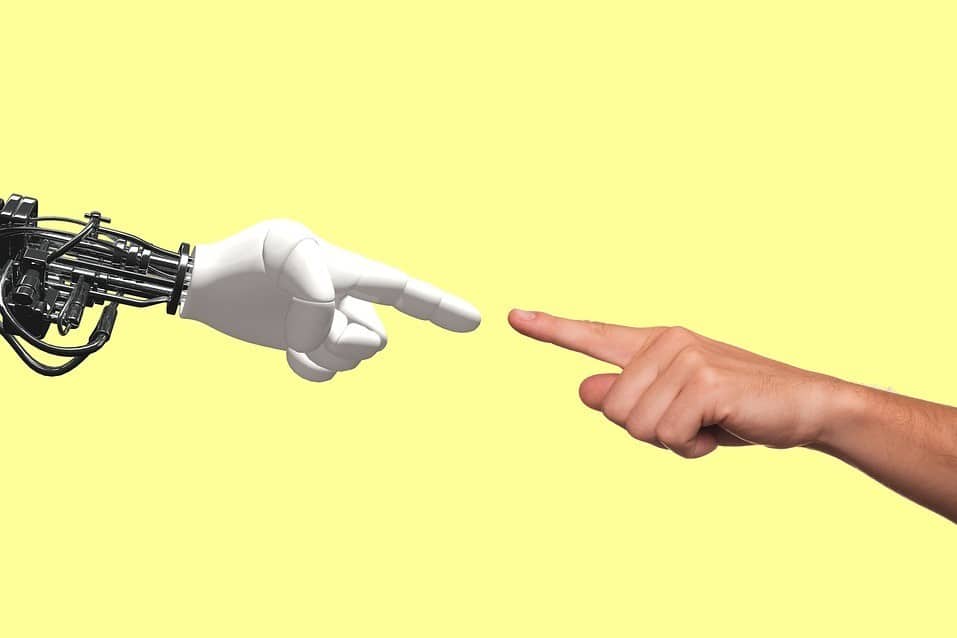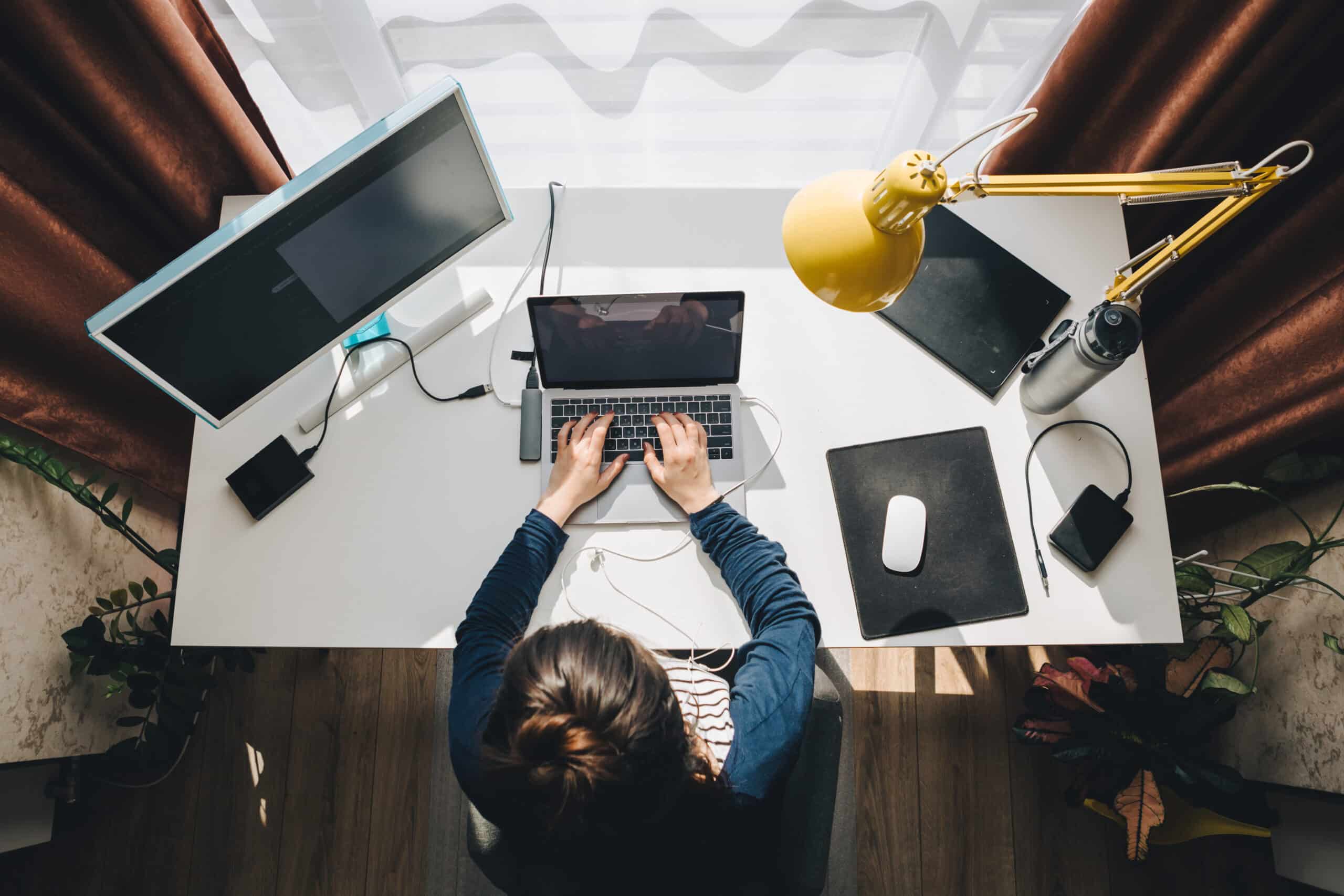As far as we know, photographers and photo editors are not on the list of jobs that will be replaced by robots in the near future. However, that doesn’t mean that visual industries are exempt from artificial intelligence, or conversely, that evil algorithms will eventually replace creative thinking.
As we become increasingly connected globally, images become an essential part of sharing information to bridge language gaps. This could be great news for photographers selling their work; however, sourcing the best image for a client has already become a big obstacle for a stock photography companies like Dreamstime, who offer 64 million photos in their database. They’ve discovered that artificial intelligence (AI), with its ability to process large amounts of data quickly, is a valuable tool for both photo editors and photographers. But how will this cause frustrations for the artistically-inclined? Is it possible for AI to curate images with the same sensitive eye as a trained professional? The answers are not so black and white.
AI: A necessary addition to the photography world
In 2017, a staggering 1.2 trillion photos will be taken, by some estimates, and billions of them will be shared online. Searching and finding images is now an overwhelming task —the volume of images available for search makes it impossible to know for certain if you’ve found the best image for your purpose. What if there’s something better, but it’s buried on the 200th page of results. And research shows that 95% of people never make it past the first page of results.
For creative professionals wary of math and science, it might seem impossible that a formula could curate images. But consider the curatorial algorithms already being used in your daily life, from Netflix recommendations to items you’d like to add to our shopping cart. These programs all have roots in classical art. Or rather, art has been using science and math for a long time. Leonardo da Vinci, for example, famously incorporated Euclid’s golden ratio and the Fibonacci sequence into his work.
By following these types of mathematical formulas, AI can be trained to help us solve the problem of discovery. A bot that understands the mathematical rules of beauty could spot hidden gems that are lost in trillions of photos. With its ability to instantly analyze the vast amount of content that is yet undiscovered, AI, armed with intelligence from your current photography feed, could analyze your likes and dislikes, and return a search full of new, fresh, non-generic looking art. Instead of searching through trillions of images, AI could create a tailored, curated feed of 50, or even 25.
Streamlining the photographer’s workflow
Today, Dreamstime receives almost 2.5 million images each month, more than they had in their first two years combined. Before these photos can be found, they must be uploaded, organized and tagged—a monumental task in its right, and one that steals precious time from the photographer’s workflow.
They’ve already started to use AI to automatically add the appropriate tags and metadata that will help the photo be found by curators. By using facial recognition, images with people will automatically include notifications to ask for a release, and images with celebrities will automatically be tagged. The same goes for information about location, or if a copyright logo is located in the image.
A more intriguing functionality for the photographer is the bot’s ability to pull intelligence from several data points, including consumer behavior data. AI technology can scan the photographer’s collection to detect features in the images that are selling, and which ones are less appealing in the market. Also, the bot can detect seasonal trends, such as understanding that Christmas shopping in stock photography begins in August.
Drawing the lines between art and AI
The same algorithms that are used to identify great photographs can also be used to train bots to apply a basic level of editing on existing photos. As bots continue to learn how to apply editing techniques, they will become more efficient in speed, but don’t worry—they won’t replace humans. Editing is still a human-centered task, involving a trained eye, and a developed sense of style and taste. Only humans have the sensitivity to judge the subjective, symbolic, ambiguous and narrative nuances of the image. These are capabilities that go beyond the scope of a machine. Ultimately, it is up to humans to make the final artistic decisions.
Yet, as AI technologies continue to extend to the arts, photographers and editors must strike a balance between how much automated editing they will allow, against the level of artistic expression left to the photographer.
One way to approach this decision is to treat AI-assisted editing tools as just one more layer of mathematical perspective, much like Leonardo da Vinci’s scientific method. This thinking frees the editor and photographer to do what they do best, to make aesthetic decisions.
Finding beauty within the numbers
In The Story of Art by Ernst Gombrich, he writes that Leonardo used scientific and mathematical foundations not because he was a scientist, but so that he could elevate his art and create more convincing images of the human form. “Most of all, it is likely that Leonardo himself had no ambition to be considered a scientist,” he writes. “All this exploration of nature was to him first and foremost a means of gaining knowledge of the visible world, such as he would need for his art.”
The great masters have already revealed that science, math, and art are interconnected, providing us with a gateway of beauty and understanding. In our world of instant clicks, we sometimes forget the masterfully equipped miniature machine shop that is housed behind the lens of the camera, responding to light, shutter and film speeds. There are the chemical components of film processing, and the creation of digital light of the computer screen. With so much science already embedded into an image, AI algorithms can be used to provide just one more scientific layer of editing, freeing the photographer to have final artistic control.
When viewed through this lens, it is no great stretch to understand how AI can be used with human editors to elevate and enhance the work that editors do. As da Vinci taught us, truth and beauty exist within the numbers.
Serban Enache is the CEO of Dreamstime. With over 20 years of experience in design and new media, Serban has proven to be a skilled executive, successfully blending creative and business abilities.
Dreamstime is the world’s largest stock photography website. Currently, there are more than 18,000,000 users, more than 370,000 contributing photographers and over 64,000,000 photos, illustrations, cliparts, and vectors. Current stats are updated in real-time here. Images in the Dreamstime database are used by Fortune 500 and private sector companies that include advertising agencies, international magazines, and film and television production companies.
Want to learn more about stock photography? Check these articles out!
How to Price Stock Photography
How To Create Stock Photography That Sells
How To Make Money With Your Photography













